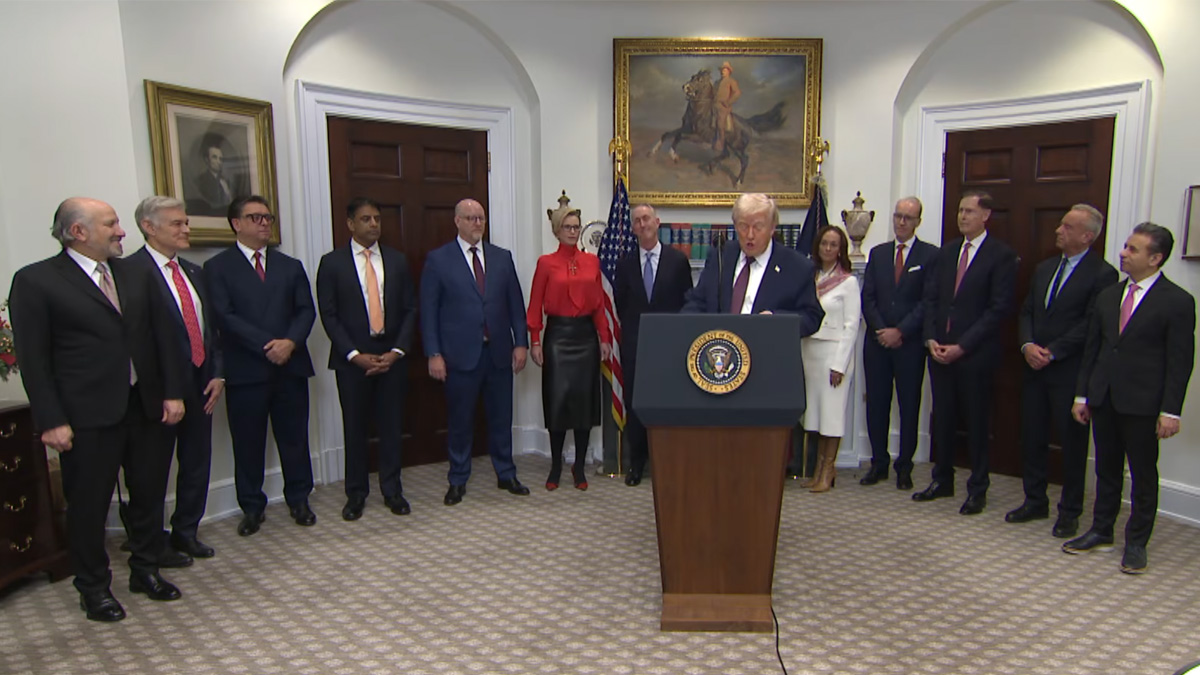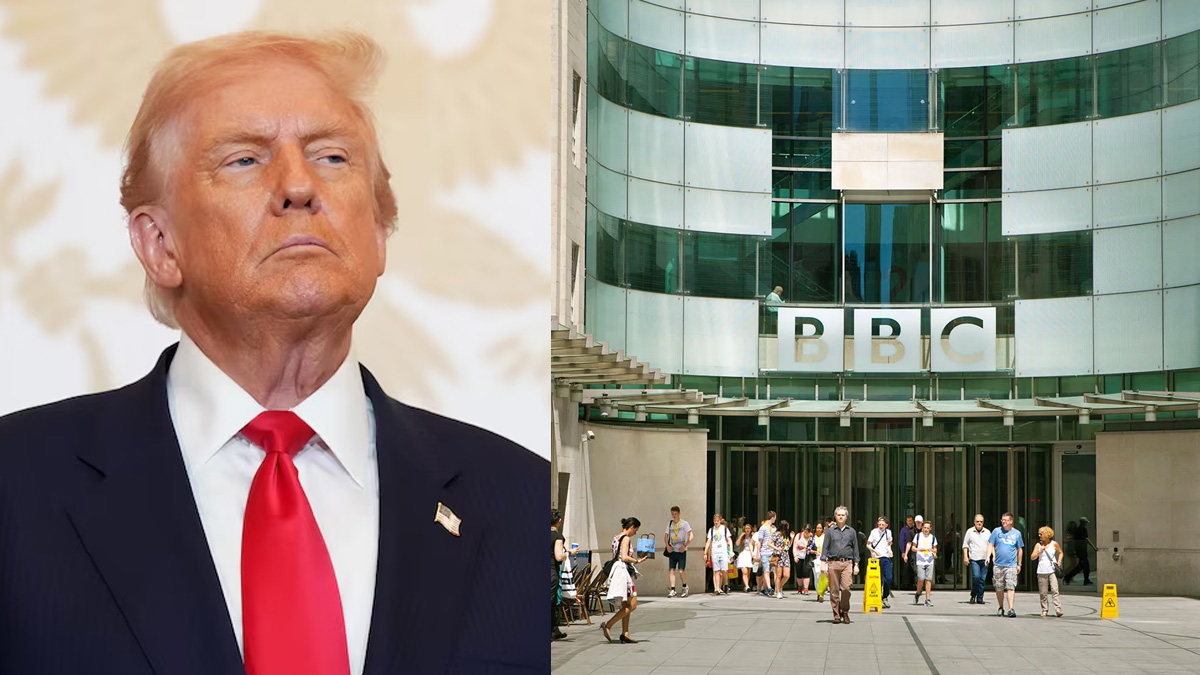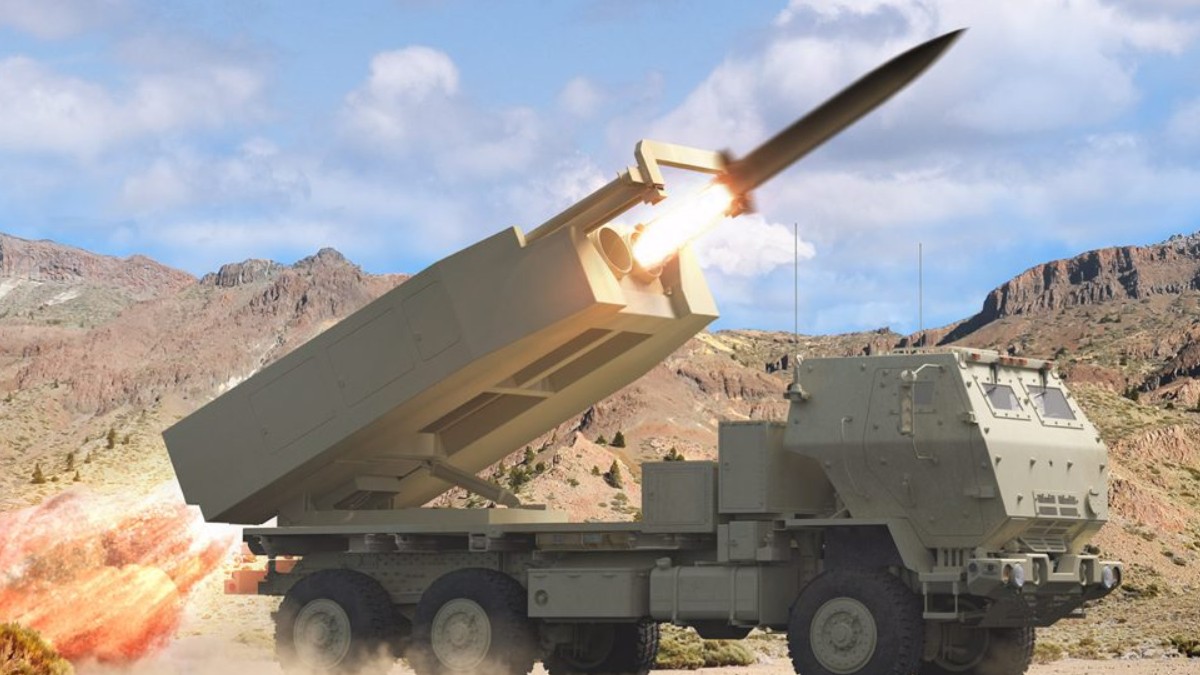US Supreme Court to hear landmark challenge against Trump’s global tariffs
The US Supreme Court is set to rule on the legality of President Trump’s sweeping global tariffs this week—a decision that could dramatically reshape executive trade power and the future of US commerce policy.

- The Donald Trump administration’s sweeping global tariffs are set to be reviewed by the Supreme Court of the United States, following lower-court rulings that the tariffs exceeded the president’s authority under the International Emergency Economic Powers Act (IEEPA).
- The case is being brought by businesses and a dozen states challenging the legality of the tariffs, which were imposed under emergency-powers legislation and aimed at reducing trade deficits and protecting national security.
- A ruling against the tariffs could significantly limit presidential trade powers, reshape U.S. foreign-trade policy and affect billions in tariff revenue already collected.
The Supreme Court of the United States is preparing to hear a case that could reshape the limits of presidential trade powers. Former president Donald Trump’s global tariff measures, introduced under emergency-powers legislation, will be reviewed following years of legal disputes over whether the White House overstepped its authority.
According to reports from Reuters, the hearing—scheduled for early November—will determine whether the Trump administration acted lawfully in imposing tariffs on imports from multiple countries without prior congressional approval.
Origins of Trump’s global tariffs
Trump’s tariffs originated in 2018 under the “America First” trade agenda, when his administration invoked Section 232 of the Trade Expansion Act and later the International Emergency Economic Powers Act (IEEPA) to impose duties on imported steel, aluminium, and a wide range of manufactured goods.
The measures, ranging from 10 percent on aluminium to 25 percent on steel, were justified on national-security grounds. Trump argued that foreign producers—particularly from China—were undercutting U.S. industries and threatening domestic manufacturing capacity.
However, the tariffs quickly expanded beyond their initial scope, encompassing products from traditional allies such as Canada, Japan, South Korea, and the European Union. In total, they affected trade worth more than S$500 billion annually.
Countries targeted by the duties retaliated with their own counter-tariffs, sparking a global trade dispute that reshaped supply chains and raised costs for U.S. businesses and consumers alike.
Despite these concerns, the Trump administration defended the policy as essential to restoring “fair and reciprocal trade.”
Then-President Trump said in 2019, “For decades, other nations have taken advantage of America’s open markets. These tariffs are about defending our workers, our companies, and our future.”
Legal challenge questions presidential authority
The legal challenge now before the Supreme Court stems from multiple lawsuits filed by trade groups, importers, and state governments who claim the former president’s actions exceeded statutory limits.
A coalition of plaintiffs argues that the IEEPA does not authorise the president to impose tariffs, which they contend fall under Congress’s exclusive authority to levy taxes and regulate commerce.
“The IEEPA was designed to address national-security emergencies, not to rewrite trade policy by executive decree,” said a statement from the U.S. Chamber of Commerce.
The U.S. Court of Appeals for the Federal Circuit had previously ruled that Trump’s sweeping application of IEEPA powers went beyond the law’s intent, prompting the administration’s appeal to the Supreme Court.
Stakes for U.S. trade and governance
A ruling against the tariffs could set a precedent limiting the scope of presidential economic powers, reaffirming Congress’s central role in trade matters. Analysts also warn it may open the door to refund claims worth billions of dollars in tariffs already collected.
Conversely, if the Court upholds the tariffs, it could entrench expansive executive control over trade policy—allowing future presidents to impose or lift tariffs unilaterally under the banner of national security or emergency authority.
Legal observers note that the case’s implications extend beyond economics. It touches on the balance of power between the executive and legislative branches—an enduring constitutional question with consequences for future policy decisions.
Political and economic impact
The Trump tariffs, while politically popular among sections of the U.S. manufacturing base, divided economists and policymakers. Supporters credit the policy with spurring domestic production and deterring unfair trade practices.
Critics, however, say the tariffs disrupted global supply chains, raised input costs for U.S. firms, and prompted retaliatory measures that hurt American exporters.
According to a 2021 analysis by the Peterson Institute for International Economics, the average U.S. household paid an additional S$1,300 per year due to higher prices linked to the tariffs.
If the Supreme Court rules against the measures, trade negotiations with China, the EU, and other partners could enter a new phase, as Washington reconsiders its reliance on tariffs as a strategic tool.
Statements from Trump and his legal team
In a recent rally, Trump defended the tariffs as “a necessary correction” to decades of what he called “unfair trade abuse.”
“The globalists want open borders and open markets, but I fought for American jobs. Those tariffs worked—they brought billions into our Treasury and rebuilt our industries,” he stated.
Trump’s legal counsel argues that the president’s emergency powers allow such actions during times of “economic threat,” adding that the tariffs were “lawfully and prudently exercised.”
The Biden administration, while retaining some of the Trump-era tariffs, has not intervened in the case, saying it will “respect the judicial process.”










0 Comments